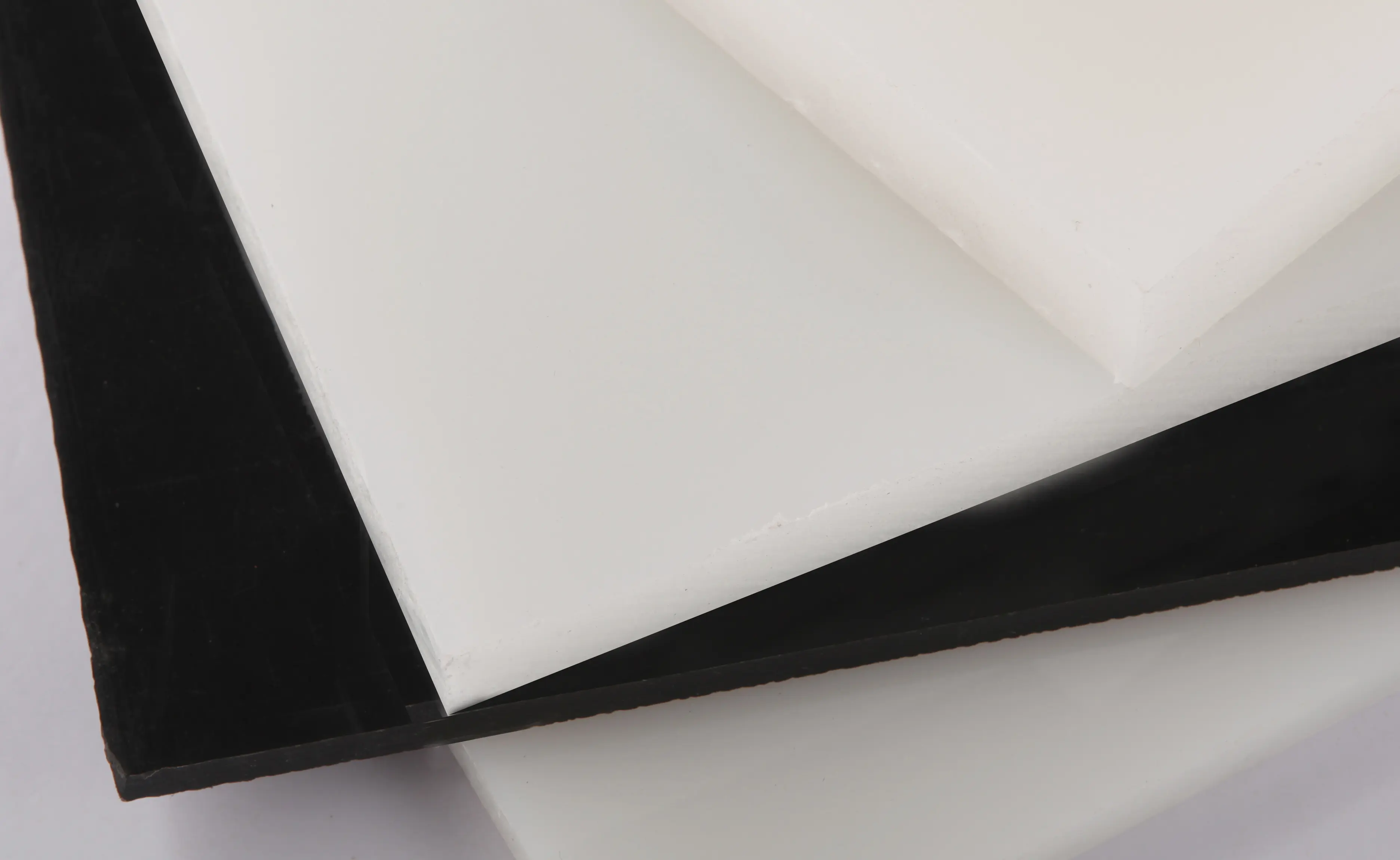Samh . 08, 2024 23:19 Back to list
Understanding Pipe Fittings and Their Importance in Plumbing Systems and Installations
Understanding Pipe Fittings Essential Components in Plumbing and Engineering
Pipe fittings are vital components in plumbing and piping systems, playing a crucial role in connecting, redirecting, and modifying the flow of fluids. Whether in residential systems, industrial applications, or in construction, understanding pipe fittings can help ensure efficient and safe transportation of water, gas, oil, and other fluids.
What Are Pipe Fittings?
Pipe fittings are accessories used to join sections of piping, alter the direction of flow, or change the diameter of pipes. They come in a variety of materials such as plastic, copper, steel, and PVC, which are chosen based on the application and fluid type. Standard pipe fittings include elbows, tees, couplings, reducers, and caps, each serving a specific purpose within the system.
1. Elbows These are used to change the direction of the pipe run. Elbows are typically available in two angles 90 degrees and 45 degrees. They are crucial in directing the flow and can significantly affect the efficiency of the system.
2. Tees This fitting allows for the branching of a pipe system. A tee fitting has one inlet and two outlets, creating a T shape. It is commonly used for creating a parallel flow or to introduce a new pipe into an existing system.
3. Couplings These components are used to connect two pieces of pipe. Couplings can be full, half or reducing, and they ensure a tight, leak-proof connection between sections. Full couplings are used in straight runs, while reducing couplings are designed to join pipes of different diameters.
4. Reducers When transitioning between pipes of different diameters, reducers are employed. They come in two types concentric and eccentric. Concentric reducers maintain a circular profile, while eccentric reducers allow for a flat section which can be beneficial in drainage applications to prevent air pockets.
5. Caps These fittings are used to seal the end of a pipe. Caps are essential for preventing fluid leakage and contamination in areas of a system that are not currently in use.
Importance of Pipe Fittings
The choice of pipe fittings is critical for several reasons
pipe fitting

- Fluid Flow and Pressure Maintenance Proper fittings ensure smooth transitions between pipes, minimizing turbulence and pressure drops. This is essential for maintaining system efficiency.
- Safety and Leak Prevention Well-chosen and installed fittings help prevent leaks, which can lead to dangerous situations, especially in gas and chemical systems. Fittings must be compatible with the type of fluid and the pressure requirements of the system.
- Ease of Maintenance Systems designed with accessible fittings can be maintained more easily, allowing for quick repairs or replacements without the need for extensive disruptions.
Selecting the Right Pipe Fittings
When choosing pipe fittings, several factors must be considered
1. Material Compatibility The material should be compatible with the fluid being transported. For example, corrosive fluids require fittings made from resistant materials, like stainless steel or specific plastics.
2. Pressure Ratings Every fitting comes with a specified pressure rating. It's crucial to select fittings that can withstand the pressure within the system to avoid failures.
3. Size and Fit Ensure that the fittings match the diameters of the pipes. Mismatched sizes can cause leaks and inefficiencies.
4. Installation Method Different fittings may require various joining techniques, such as welding, threading, or using adhesives. The installation environment can determine which method is most suitable.
Conclusion
Pipe fittings may seem like small components within a greater system, but their function is vital for efficient fluid transport. Knowing the various types of fittings and understanding their applications can lead to better design choices, improved safety, and enhanced system performance. Careful consideration and selection of pipe fittings are essential for anyone involved in plumbing or engineering, whether managing a simple household plumbing system or complex industrial pipelines. With the right fittings, a reliable and efficient piping system can be achieved, ensuring that fluids are transported safely and effectively.
-
HDPE Natural Sheet: Durable, Food-Grade & Versatile Plastic Solutions
NewsAug.27,2025
-
Durable Glossy PVC Rigid Sheet | Premium High-Shine Panels
NewsAug.26,2025
-
Durable PP Rigid Sheet: Lightweight, Chemical Resistant Solutions
NewsAug.21,2025
-
PVC Grey Sheet for Extraction: Chemical Resistant & Durable
NewsAug.19,2025
-
Durable PVC Pipe Fittings for Plumbing & Irrigation Needs
NewsAug.18,2025
-
HDPE Steel Belt Reinforced Spiral Corrugated Pipe | High Strength
NewsAug.17,2025

